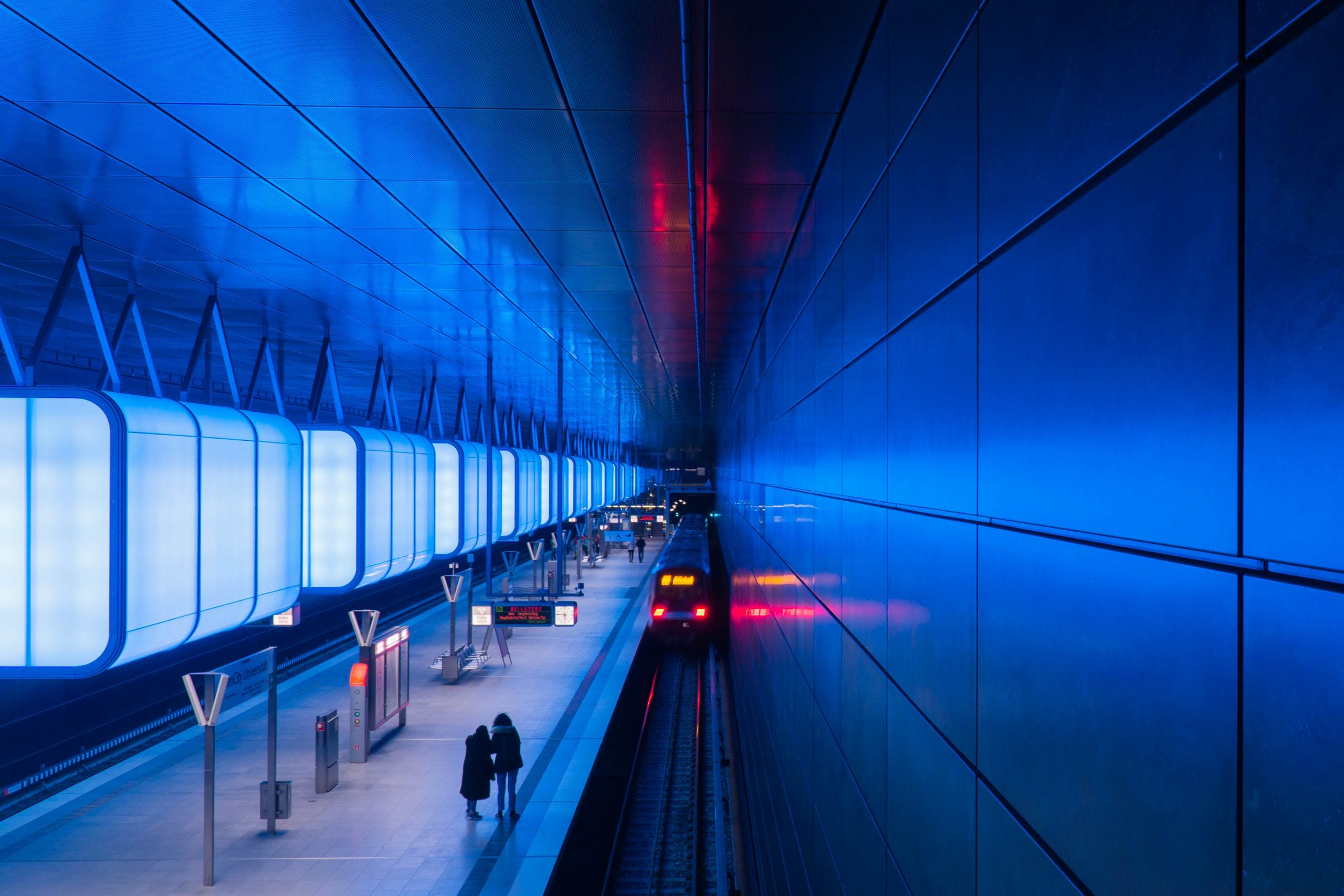We live in a time of undeniable peril. Every day the news brings fresh evidence of overshoot: aquifers running dry, forests burning, species vanishing. We know, if we are honest, that humanity is consuming and destroying far more than Earth can replenish. We are eating into the seed corn of the future.
And yet, within this bleak reality, another truth is quietly dawning: we are not separate from the living systems we are degrading. We are part of them. We are woven into the same fabric as forests and watersheds, salmon runs and prairie grasslands. Beneath all the complexity there is a single current—a life force—that animates every cell and every star, that breathes through us even as we breathe in the world.
This life force is not abstract or distant. It is not confined to religion or metaphysics. It is the pulse you can feel in your own wrist, the wind that carries seeds across a field, the mycelial networks under our feet, the self‑organizing patterns that science is only beginning to glimpse. When I think of it, I sometimes call it spirit, though that word means many things to many people. I might just as well call it the divine intelligence present in all things, or the animating energy of the universe. Whatever name we give it, the challenge is the same: how do we live in ways that honor this force rather than diminish it? How do we draw back from overshoot and come back into balance?
These are not purely technical questions. We already know much of what we could do. We can restore degraded lands, shift to regenerative agriculture, redesign our cities, transform our economies. We have the knowledge and even the technology to do all these things. What we lack is the deeper will—the cultural and spiritual ground from which new ways of living can grow.
That is why I have been drawn to what I’ve been calling, for lack of a better phrase, a new transcendentalism. Not transcendentalism in the old sense of turning away from the world to seek a purer realm elsewhere, but a way of perceiving and living that recognizes the sacred right here in the world, in the body of the Earth itself. It is a way of seeing that integrates science and spirit, reason and reverence, action and contemplation.
This is not a new idea so much as a very old one, remembered and renewed. Indigenous cultures have always known it. In Andean villages they speak of ayni, sacred reciprocity. In Haudenosaunee councils they speak of the Seventh Generation, the children yet to come. Even in our own Western lineage, the echoes are there—Thoreau walking in the woods, Emerson speaking of the Over‑Soul, Rachel Carson urging us to see the world not as a resource but as a miracle.
The work of people like Joe Brewer and Penny Heiple in Barichara, Colombia brings this into sharp, practical focus. They are helping a whole bioregion restore its soils, revive its water cycles, and rekindle its cultural memory. This is not theory—it is lived practice. The land itself is responding, the streams running clearer, the communities finding new hope.
Other visions are still emerging, like Jon Schull’s Restoration Lab initiative in Panama—an aspirational effort to bring together science, art, and indigenous wisdom to heal degraded landscapes and renew community life. It is not yet fully lived, but it points the way toward what might be possible if we integrate ecology, culture, and spirit.
In our own work with CRCS and Possible Planet, we see ourselves as part of this broader movement. We are not the center of it, but we help to support and connect it—to create spaces where ideas like these can take root, and where projects can find the resources and allies they need. For those who wish to explore further, we’ve gathered writings, examples, and opportunities to engage at act.possibleplanet.org, where these conversations continue.
What ties all of these efforts together is a simple, profound insight: we must learn again to live as participants, not masters. The old story of separation—humanity standing above and apart from nature—has led us to overshoot. A new story is waiting to be told, one in which we recognize ourselves as strands in a vast web of life, responsible for its flourishing.
And how do we tell that new story? Not only in books or manifestos, but in the texture of our days. We tell it by planting trees, by restoring a stream, by sharing a meal grown in living soil. We tell it by beginning our meetings with gratitude for the Earth, by pausing to listen to the wind, by teaching our children not only how to survive but how to belong.
When we weave these small acts together, they become culture. And when a culture begins to honor the life force, everything else begins to shift. Policy follows. Economics realigns. The metrics of success change from extraction to restoration.
None of this is easy. We are not likely to map every step or predict every outcome. But that is part of the gift. There will always be a mystery in the living systems that hold us. There will always be more to learn, more to tend, more to love.
And so I offer these reflections not as a finished vision, but as an invitation. We are the breath of the Earth, and the Earth is the breath in us. Let us live as if this is true. Let us teach it, practice it, and pass it on, so that the generations to come may inherit not just a planet in balance, but a way of life that is worthy of them.
